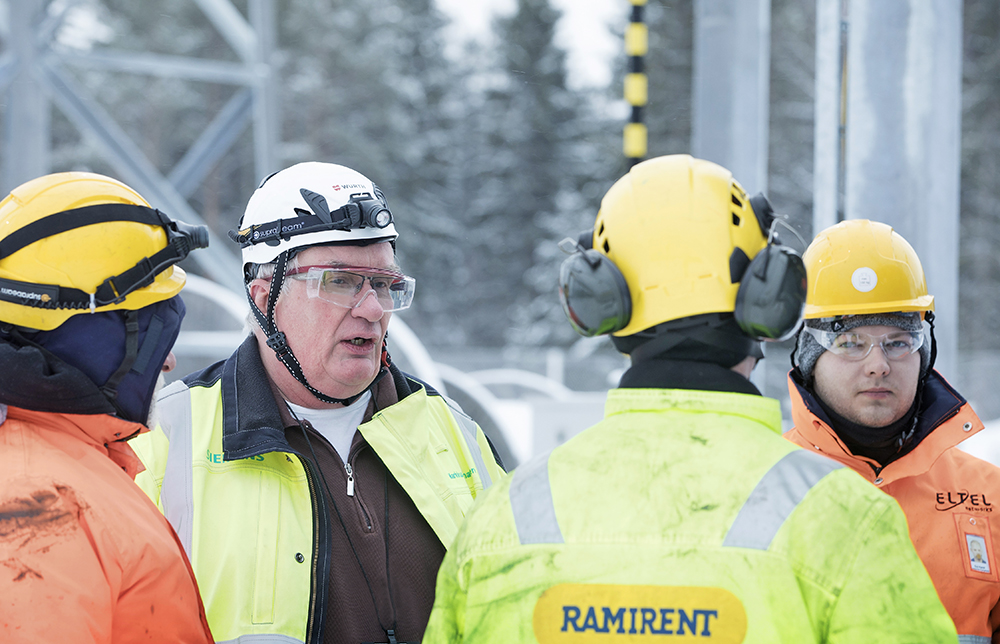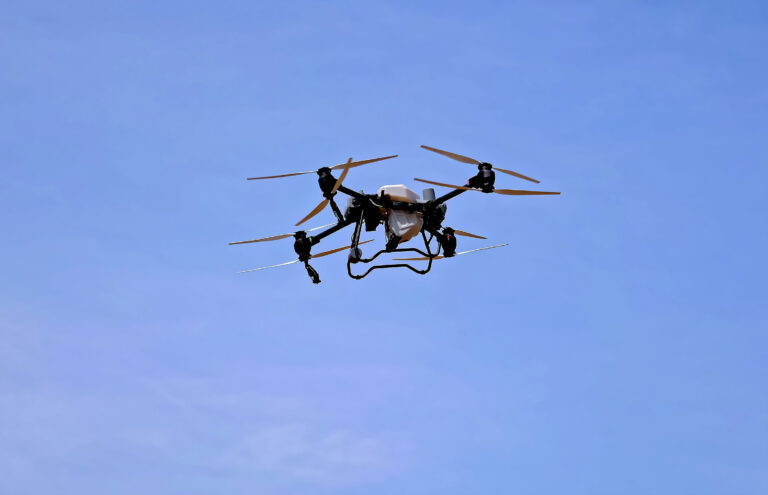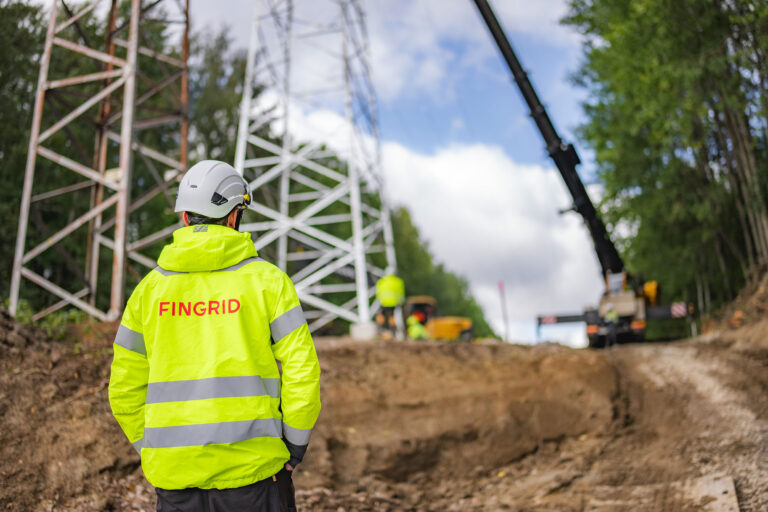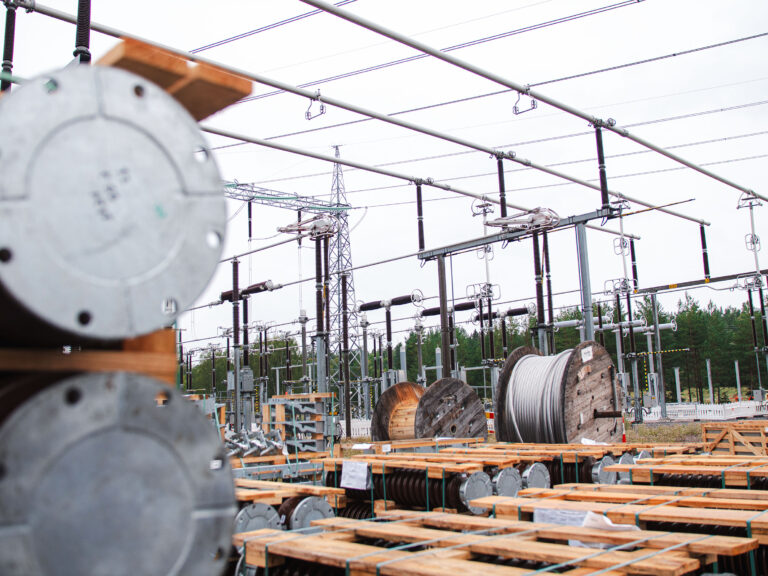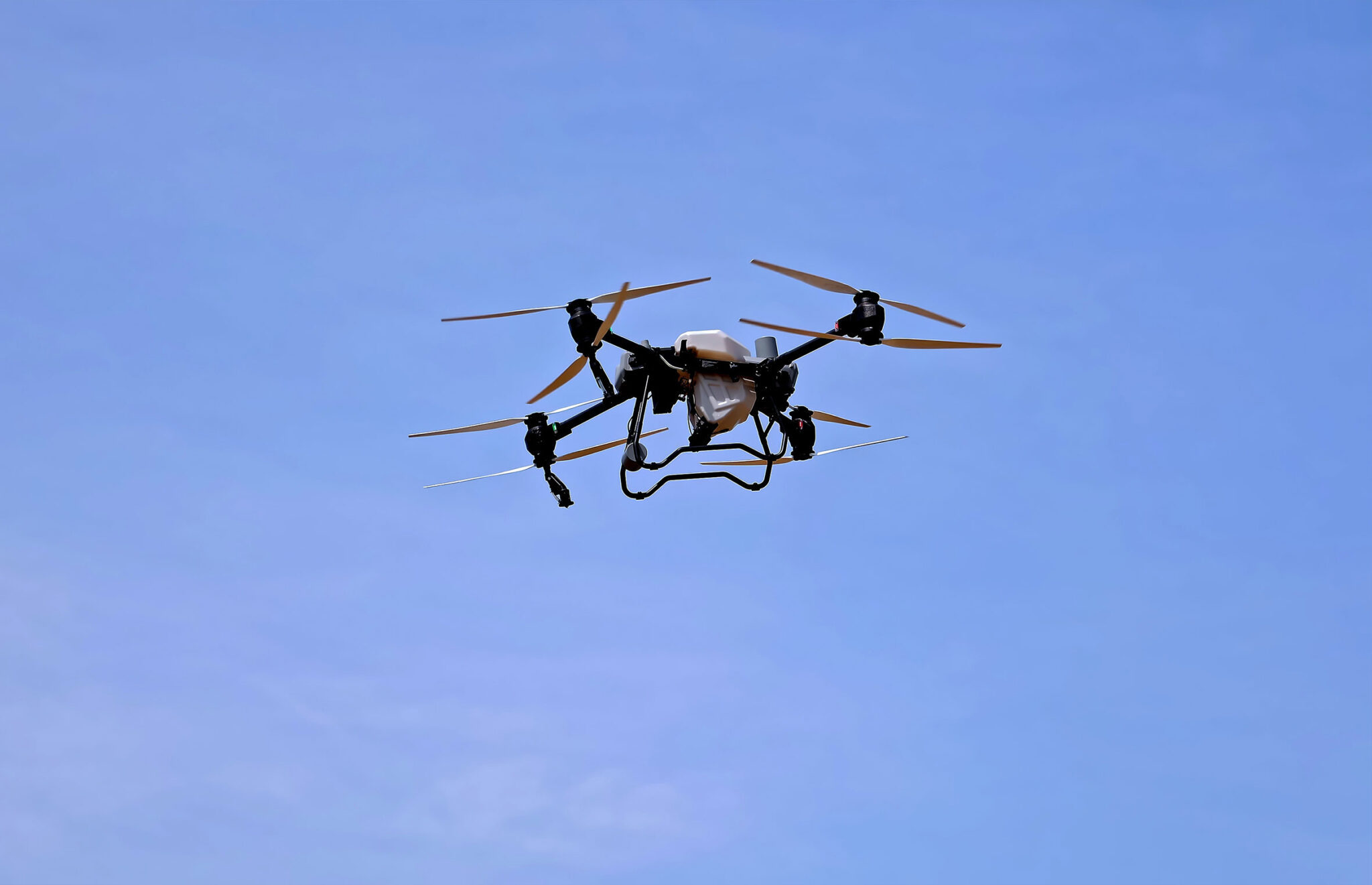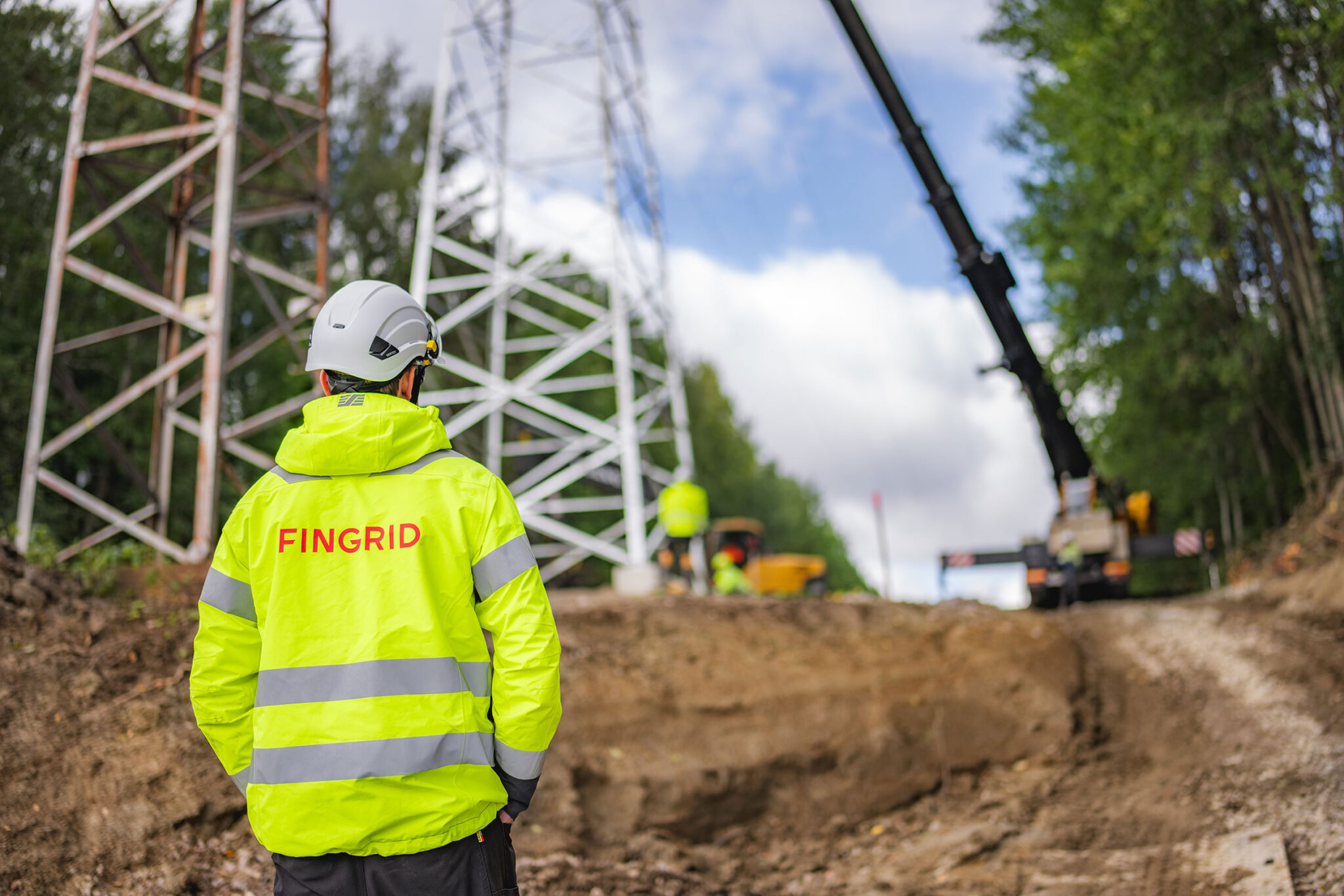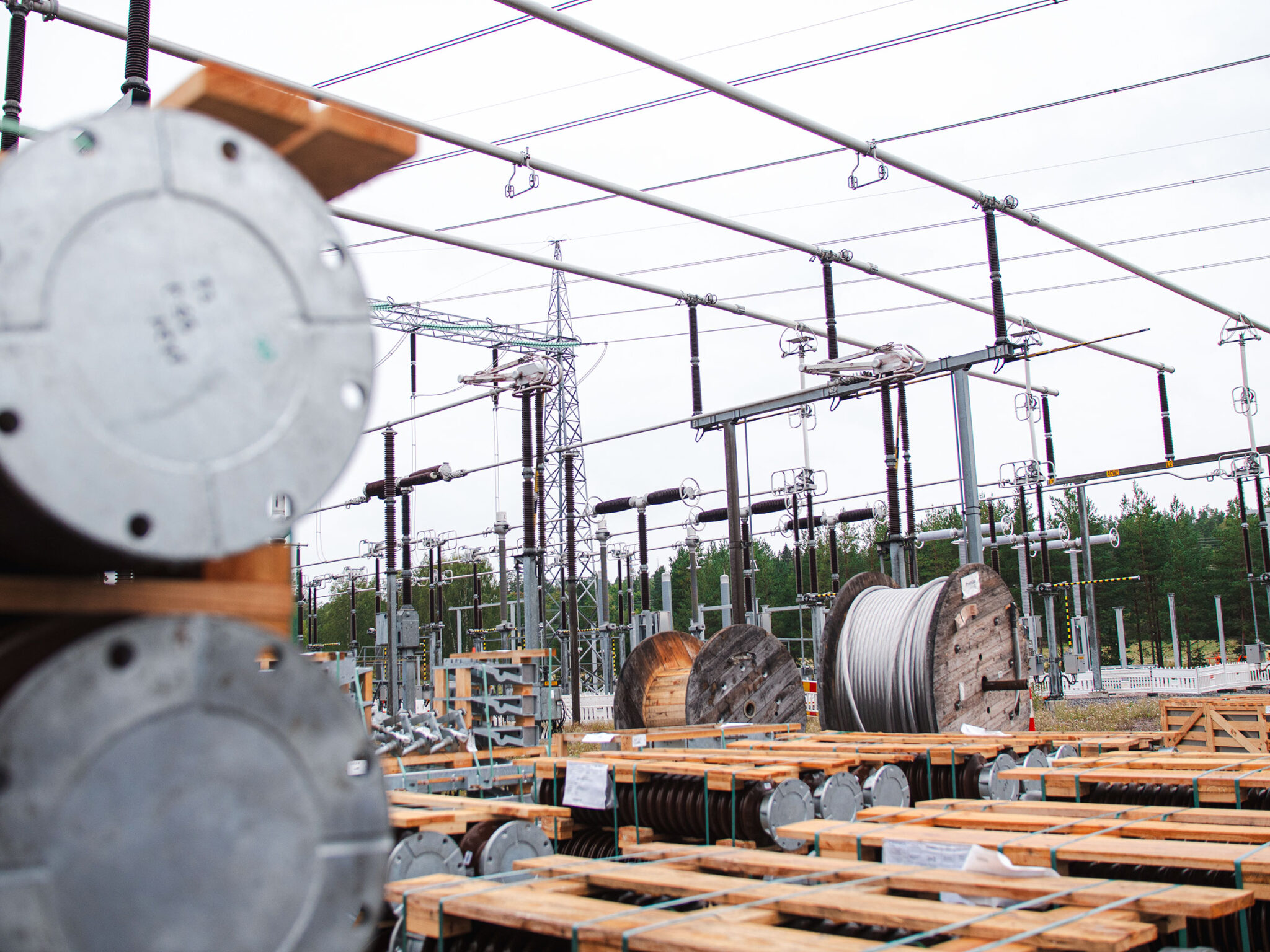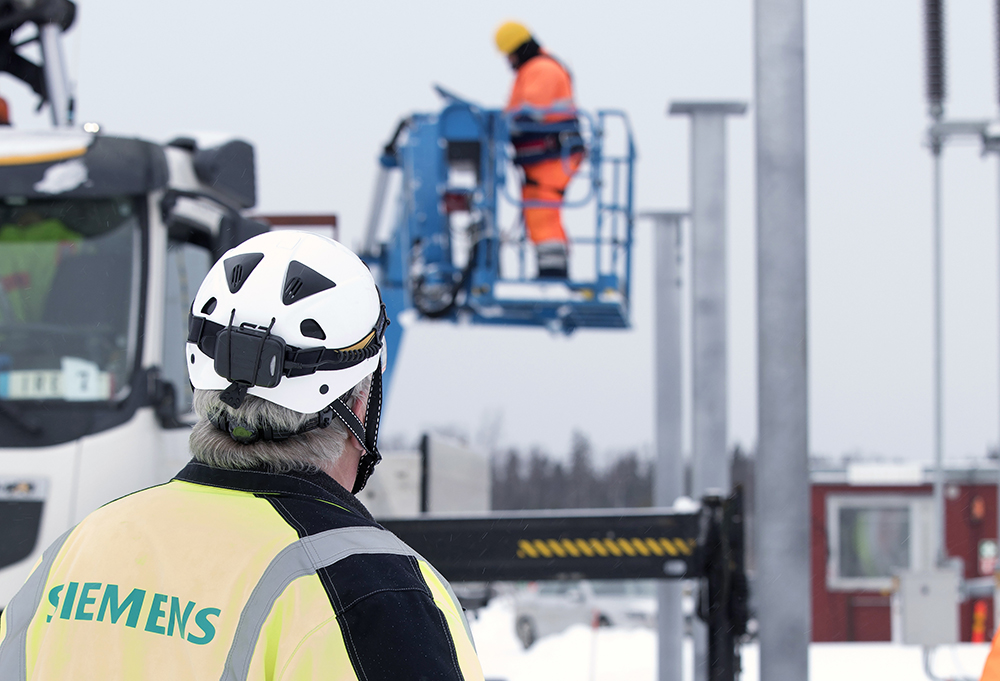
Site Manager Markku Linnanen from Siemens Osakeyhtiö is one of more than 10 members of the occupational safety group. He thinks the group is an excellent way to share ideas and experiences about occupational safety.
“We listen to each other’s concerns and share operating methods that each person can apply in their own work. The client gains information about our views and together we can consider and implement improvement proposals,” says Linnanen.
Each participant prepares a presentation about a safety-related topic for the group’s meetings. These presentations inspire a lot of discussion.
“The meetings help us understand various perspectives, such as the differences and similarities between transmission line and substation work,” he says.
Linnanen works at the Olkiluoto substation owned by Fingrid, which is undergoing major renovation work. As the main contractor for the project, Siemens Osakeyhtiö will provide Fingrid with a substation for the site according to the turnkey principle as well as high voltage devices and secondary components. The cooperation also includes substation and equipment development.
A demanding work environment with regard to occupational safety
The Olkiluoto work environment is very demanding in terms of occupational safety. The old substation is being expanded and renovated. So far, accidents have been avoided at the site.
“Working close to energised high-voltage equipment means taking many issues into account, such as voltage distances, reliable earthing the work machines used near voltages. We strive to place cranes and lifts so that they can’t touch live parts if an operating fault occurs or they fall over,” says Linnanen.
Inducted people working near live parts are under constant supervision by an electrical professional.
“A separate plan is always made for the most challenging work phases of construction and electrical work, such as working at height or the use of additional earthing. The plan is reviewed with the work group and everyone working at the worksite is informed about it,” says Linnanen.
During demolition work, it’s important to ensure that the structure being taken down is de-energised and earthed. Prior to starting work, employees ensure that gases and oils have been removed and none of the circuit breaker springs are charged. Employees also have to be prepared to prevent oil accidents during demolition work and when storing equipment. An asbestos inspection must be performed when demolishing the control building.
“The parts in distribution boards and relay cubicles can be still energised. In conjunction with demolition work and new installations, we have to be particularly careful and take measurements regularly.”
The auxiliary lifting devices used at the worksite are inspected yearly. The site is inspected weekly with MVRS measurement.
Induction and documentation
The safety instructions at site are explained during site induction, documented in the local induction form for the substation, and then signed by the employee receiving the induction and the employee giving the induction which usually is the site manager.
“Each person monitors their own occupational safety and also that of others at the same time. All employees are obliged to report deficiencies,” emphasises Linnanen.
Each work group has designated persons responsible for occupational safety and electrical safety, and a company-specific list is posted on a bulletin board. Responsible persons are appointed for each separate project in the safety plan, and the contractor has a site manager for the entire site.
Site observations are documented in the weekly MVRS monitoring, and the client provides feedback about them during worksite meetings.
“The client’s own supervisors also visit the site, and their feedback is recorded in the minutes of the site meeting,” says Linnanen.
Conditions at sites vary and changing situations are taken into account in the safety plan by updating it throughout the project. After a risk survey, mandatory use of a helmet can be waived, for example, when performing secondary wiring work if there is no simultaneous construction work in the control room.
Responsibility promotes business and improves employer image
“When a partner handles safety properly, this is a guarantee that they will also take care of other things. Employees prefer to come to safe sites rather than ones they are uncertain about,” says Linnanen.
Occupational safety involves a lot of rules that make it possible for each partner to predict how other parties at the same worksite will operate and behave.
“This creates trust in the client and the employees of other contractors. Occupational safety also encourages anticipation with regard to calculations: since people know that the rules are identical for all suppliers, they don’t take risks in hopes of saving money,”
A responsible attitude towards occupational safety improves worksite productivity, which is apparent as more positive business and a better employer image.
